
(updated 8/22/11)
Yesterday I posted about what I believe to be the five best things about Organic farming. These are attributes that I seriously believe are good ideas for how we should farm, and ideas that make sense to increasingly bring into mainstream agriculture (more cover cropping, more diverse rotations, more focus on building the quality of soils…). But I don’t believe that Organic or even Conventional farming influenced by the best of Organic will be all we actually need.
The Great Food Challenge
Somehow, by mid century we need to increase the amount of food that we produce by 50-100%. We really need to do that without adding much new farmed land. We need to do that in a way that actually has less environmental impact than what we do today.
I actually think that is possible. I’ve posted a description of what solutions are well supported by science and which also have been demonstrated at substantial commercial scale. In this post I’ll describe why a farmer working within the USDA Organic rules would not be able to be part of that optimum solution. I’m not saying this to argue that Organic should be changed. I don’t think that is possible given the politics. I’m saying this to explain why the answer for the 99.5% of non-Organic agriculture needs to be something different.
These 5 key limits of Organic are:
1. Limited access to safe, effective, pest control options
Organic growers use pesticides, but from a list based on whether they are natural. This includes some very effective chemicals made by the fermentation of microbes such as Dow AgroScience’s Spinosad. It includes live biologicals like AgraQuest’s Serenade®, and plant extracts like Marrone Bio-Innovations’ Regalia. These are all very safe products which do control pests. The approved Organic list also includes various forms of copper (copper sulfate, copper hydroxide…) as fungicides. These products are quite a bit more toxic and environmentally damaging than many non-organic fungicides options (and also less effective). There are many very safe and effective pesticide options available to conventional growers. If the Organic rules were modified to allow the use of “Reduced Risk” and/or “Category IV” synthetic options, Organic yields could be much higher as they would need to be to be part of the big “solution.”
2. Reliance on Tillage
One category of pesticide that is almost completely lacking for Organic is a herbicide. This means that for many crops grown as Organic, the only way to control weeds is mechanically (plowing, harrowing, hoeing…) or by “flame weeding” with LPG. It turns out that the best way to build soil health (my #1 good thing about Organic) is to never disturb it. This is accomplished through a practice called “No-till,” or variations on that method. That combined with cover cropping and “controlled wheel traffic” is a way to build soil quality as well as Organic methods, but without the need to import large quantities of Organic matter to the field. This is a truly scalable way to get all the benefits of soil health. The Rodale Institute recognizes this and has tried to develop an Organic no-till system, but this is only practical on a small scale.
3. Dependency on Animal Agriculture
Even though Organic farmers supply a significant part of their nitrogen via legume crops, it is still necessary to apply more nitrogen for many other crops. This principly comes from animal sources (manure, composted manure or other materials, fish meal, blood meal, bone meal…) . Ironically, the manure/compost frequently comes from a CAFO or large dairy because that is where one can collected enough manure. There is only enough collectable manure to fertilize 5% of US crops. The other Organic sources are more expensive and also limited. Our sustainable crop future cannot be dependent on these animal sources.
4. Inability to Fully Use Precision Fertilization
Fertilizers are far and away the biggest environmental issue for agriculture. It is very difficult to supply a plant with nutrients only during the times when it is withdrawing it from the soil for growth. When some nutrients (mainly nitrogen and phosphorus) are present in the soil before or after those periods of demand, they can move into ground or surface waters and/or they can be converted into the potent greenhouse gas, nitrous oxide. The no-till+cover crop scenario above does a great deal to minimize these issues, but there is still room for improvement.
For an irrigated crop it is actually possible to “spoon feed” fertilizers at very close to the exact crop need by delivering through the irrigation water as a soluble fertilizer. To do this with Organic approved sources of soluable fertilizer is extremely expensive, and there have been two recent major incidents of fraud where the marketer of an Organic option was actually spiking it with “synthetic nitrogen” to reduce cost. For non-irrigated crops there are ways to place the fertilizer exactly where it is needed and to apply different amounts to different parts of the field to better match need and supply. This is not practical to do with something like a manure or compost that are applied at multiple tons/acre. Once again, the Organic rules limit a farmer’s ability to optimize both yield and environmental impact.
5. Inability to Use Genetically Modified Crops
There are a great many crops that will never be GMO because they are too small to justify the research and regulatory investment. This includes most fruits and vegetables, and so this point is only an issue for the major row crops. The Organic community rejected the use of biotech traits long before there were any commercial GMO crops. The rejection was based on purely philosophical grounds, not on any scientific evidence genera
ted before or after. UC Davis geneticist Pam Ronald and her husband Raul Adamchack who is an Organic specialist, have argued that Biotech traits should be part of a future sustainable standard that goes beyond Organic because of their demonstrated environmental benefits (see Tomorrow’s Table. I had previously misrepresented their position as inclusion of GMO in Organic, my apologies). I agree with what they are saying, but I can’t imagine Organic advocacy groups ever agreeing to such a change. Genetically engineered crops can only deal with certain of the challenges that face agriculture today and in the future, but their complete exclusion from Organic limits what that system could ever achieve.
I’m not a defender of the status quo in Agriculture, nor do I believe that it is a static system anyway. My hope is that the future of agriculture will entail a major shift to the sort of optimal practices that I have described at Applied Mythology. I’m sure Organic will continue as a niche, but because of its philosophical constraints, it will not be a significant part of the solution.
You are invited to comment here or to email me at feedback.sdsavage@gmail.com.
Organics for the bed and bath: check out our current selections of organic bedding, towels, cosmetics, and feminine care products.

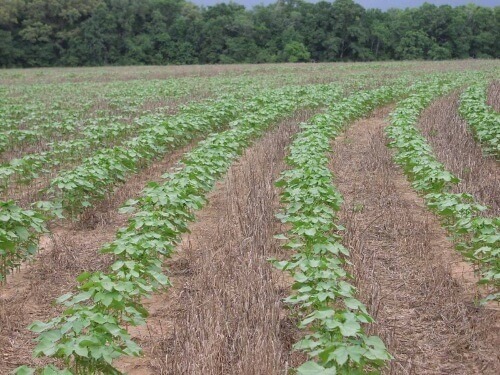


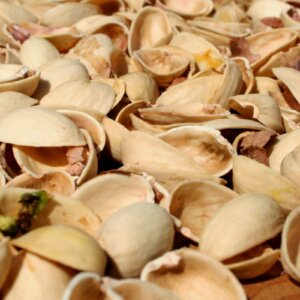

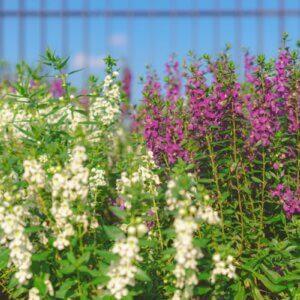
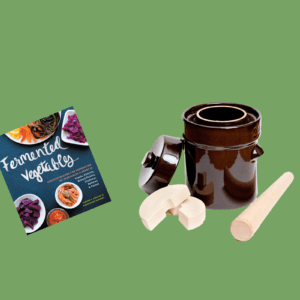
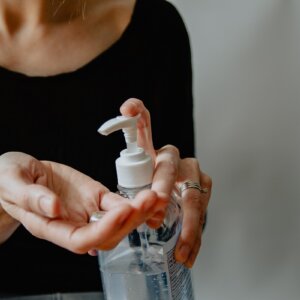
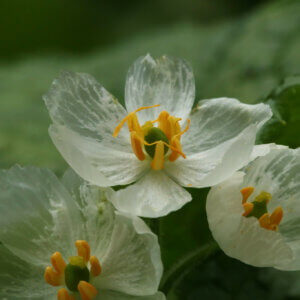
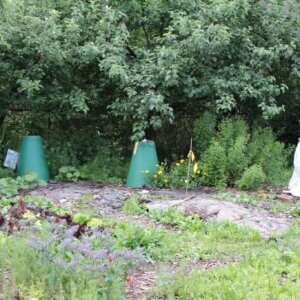
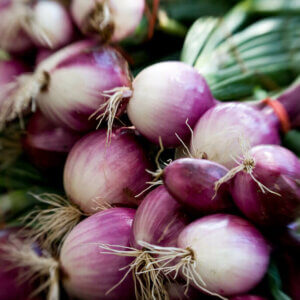

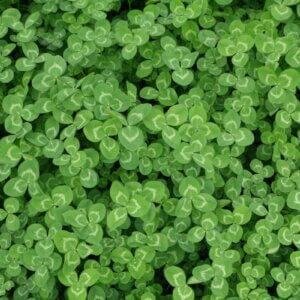


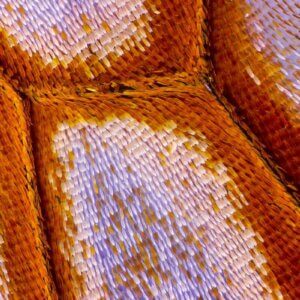
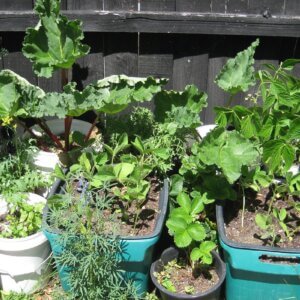
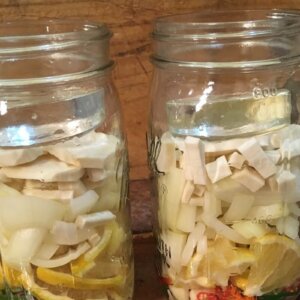
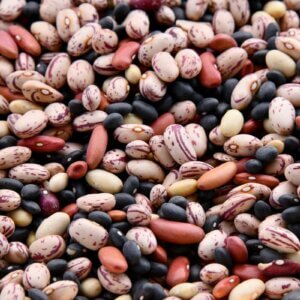
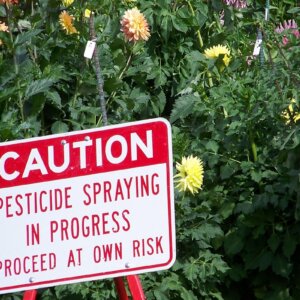
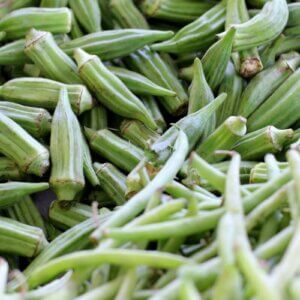


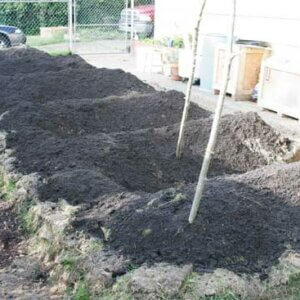

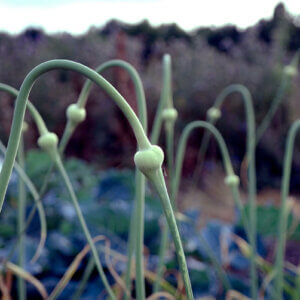

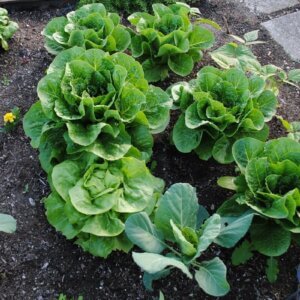
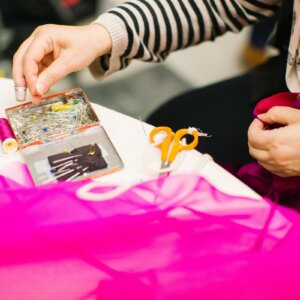

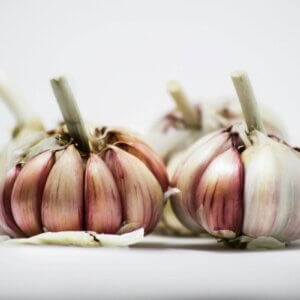
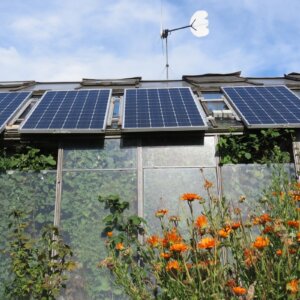


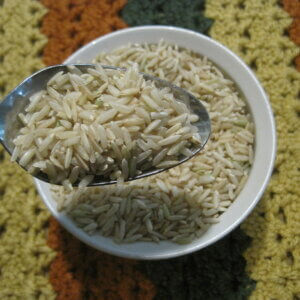
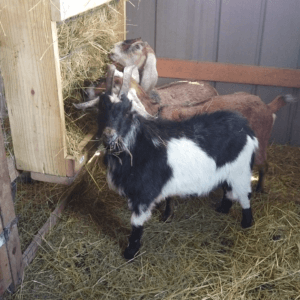
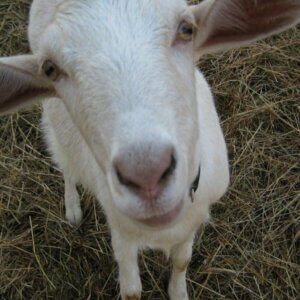


Great. Another proponent of petroleum products and GMOs.
Rural_gal,
I am actually a proponent for significant change in the way we farm which will, among other things, reduce fossil fuel consumption for farming.
http://appliedmythology.blogspot.com/2011/03/what-i-hope-will-be-future-of.html
I still have not figured out if organic means no GM also.
Deborah,
The planting of GM crops is not allowed for Organic growers. There is a specific exemption for manure/compost that comes from animals fed GM crops
For your information, spinosad may not be as safe as you claim it. It has been reported to me by a dutch advisor that in Switzerland where it has been used since 2002 on grapes and later on apples, organic fruit farmers who use it note a decline in their population of earwigs and as a side-effect, an increase in aphid populations. Spinosad was first believed to have a narrow activity spectrum while it is now known to have a wide activity spectrum and to remain active during around 3 weeks.
Yes copper is a heavy metal which is toxic for marine life and invertebrates. Organic farmers in Europe are under pressure to use less of it (Denmkark and the Netherlands have officially banned its use as a fungicide) and the dosis is now limited to 6 kg a year per hectare (usually 150 to 300 gr at a time). Following the Brazilians, a French apple grower has successfully reduced this to 20 gr per application. It is also worth noting that conventional agriculture uses copper and zinc at high rates in pig food in order to increase growth performance. More than 90% is excreted and ends up in soils where the manure is applied.
“There are many very safe and effective pesticide options available to conventional growers”. Based on the experience of some of my conventional fruit growers, this is not true in Europe anymore. Both the number of molecules available for controlling pests and fungus and the level of residue admitted in food have been decreasing over the past decades. Due to those increasing restrictions, growing scab or mildew-free apples is becoming increasingly difficult in conventional farming. And while manufacturers advise to use different molecules for controlling a given pest in order to reduce the risk of selecting resistant strains, most retail stores have been limiting the number of different residues that are allowed in food. Is the situation really different in the U.S. ?
Dependency on animal agriculture. What you consider as a down-side is actually one of the goals promoted by the EU directive that regulates organic farming : re-creating a balance between surface and animal population and bringing back amounts of manure being applied to an acceptable level. Britanny, a region of France that is said to be populated with more pigs than humans is saturated with nitrogen. Every summer, the mouths of its rivers are filled with green, life-threatening algae that costs local authorities firtunes to dispose of. Some scientists in France (e.g. Claude Bourguignon) claim that manure (in reasonnable amount of course) is necessary to maintain healthy, living soils while synthetic fertilizers cause their death. It is true that one of the major problems in organic agriculture is to bring enough nitrogen when the plant needs it. It is however only a problem if you try to achieve performances similar to those of conventional agriculture. If however you consider that the performance achieved in conventional agriculture is not sustainable in the short, medium or even in the long-term, if you consider that it endangers the life of the soils that feed a nation and their ability at feeding future generations, the dependency is no longer a problem but rather a indicator of what the future of agriculture should be.
“We need to feed a growing population” has been used by the industry for over 50 years in the western world. Has the industry been able to feed people in the U.S., Canada and Europe ? The answer is yes. The price : dependance on fossile energy, dependance on subsidies, obesity, diabetes, heart diseases and cancer. Taking into account that population is mostly growing in countries that cannot afford expensive synthetic products, expensive irrigation systems and expensive GM seeds, increasing the production in the western world that can afford them will probably benefit the industry, not the hungry ones in the southern hemisphere. The EU agricultural policy has even turned out to be harmful for african and asian countries : local farmers cannot compete with their subsidised rivals, driving them to bankruptcy. Strange way of feeding the world.
Marc,
Many interesting points; however the European trend towards encouragement of less productive farming (subsidizing Organic, banning various things, not adopting GMO options…)would be one thing is they were self sufficient. In fact the EU imports food from an ex-EU land mass the size of Germany. That is not just for off-season and tropical – it includes a huge amount of grains for animal feeds and wheat for bread/pasta etc.
I disagree with points 3 and 4.
POINT 3:
You say there is only enough ‘collectable manure’ for 5% of US cops. Based on your previous post (appliedmythology.blogspot.com/2011/01/detailed-look-at-us-organic-farming.html) organic agriculture currently comprises only 0.5% of US crops. This allows for close to a 1000% increase in organic production from this one source alone.
Additionally, there are other large sources of organic nutrients that are currently wasted such as biosolids from sewerage treatment plants, and municipal food and green waste. I am currently implementing a muncipal organics recycling system for a regional city of 100,000 that will divert 8,000 tonnes of waste from landfill each year and convert it into about 9,000 cubic metres of nutrient rich compost.
Also, it would be a good thing if animal agriculture were to decline, as meat has much higher land, nutrient, energy and water requirement compared to an equivalent calorific value of plant material. The shortfall in animal manure would be made up through the use of green manure crops which would become more viable considering the greater resource and land availability.
POINT 4:
‘Inability to use precision fertilization’ is limited by economy of scale, and the willingness of organic farmers to utilise new technologies, not by any regulations or inherent problems with the organic model.
Manures and other nutrient sources as previously mentioned can be quite easily converted into soluble fertilizers for precise application through conventional delivery systems.
Although I envisage that the prohibitive costs currently associated with mass produced soluble organic fertilizer will start to be overcome by improving economy of scales, I think the flourishing biotechnology sector will develop technology that will allow onsite production of cost efficective fertilizer solutions (aq) from locally sourced waste products.
Education and equipping farmers for analysing the NPK properties of their nutrient sources would also go a long way to improving nutrient delivery in organic farming systems.
SBG,
I think it is great that you are recovering nutrients from sewage, but the use of sewage-based fertilizers has always been specifically banned for Organic. Yes, one could get the soluble nutrients out of manure, but there have already been two cases of massive fraud by companies selling such products because the high cost makes it so tempting to spike the product. It is all a bit silly since the plant “sees” the identical nutrients regardless of source. The release dynamics are just different and depending on the situation, it can be better to use the synthetic sources. Yes, Organic isn’t currently limited by the manure supply – I believe it is limited by the lack of good pest control options and the price premium that requires.
Excellent. Organic Farming,natural farming,permaculture etc. are all supplementary but cannot replace chemical farming.
Dr.A.Jagadeesh Nellore(AP),India